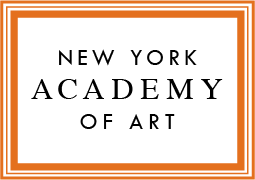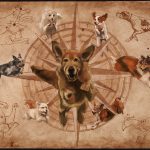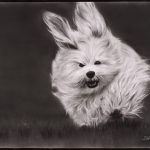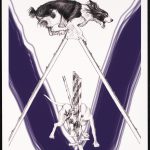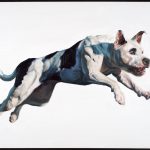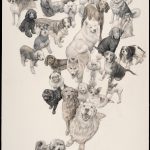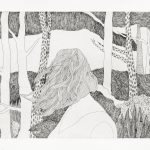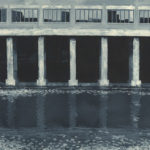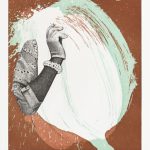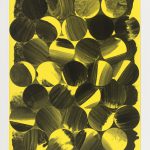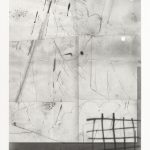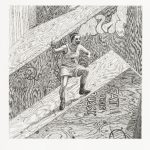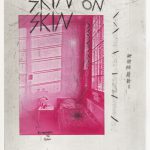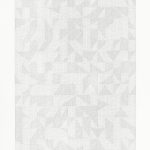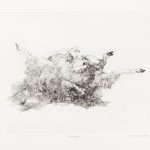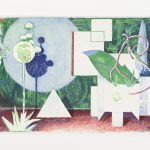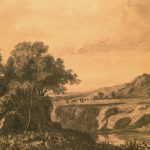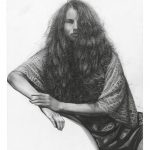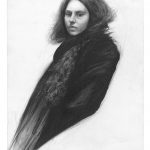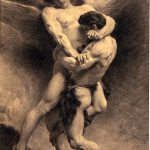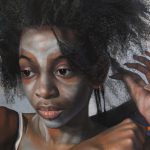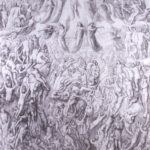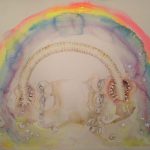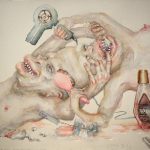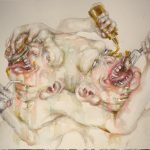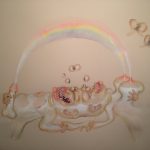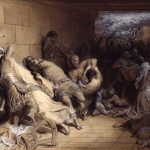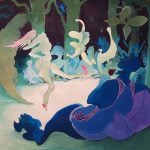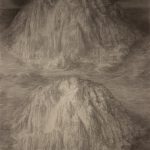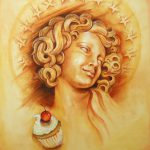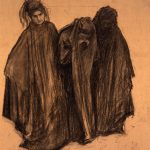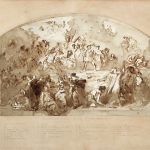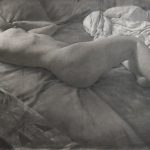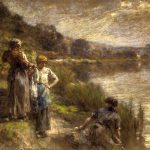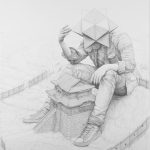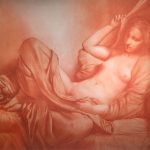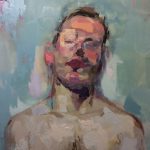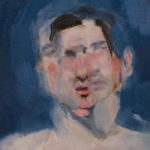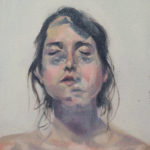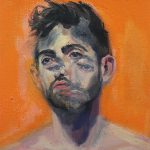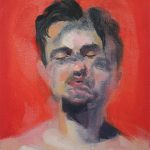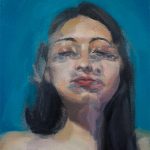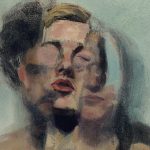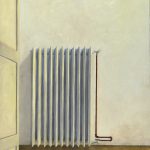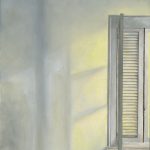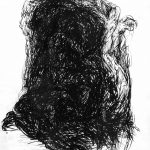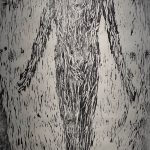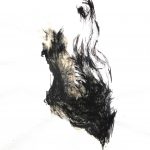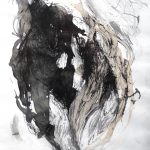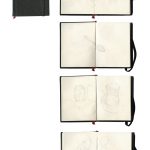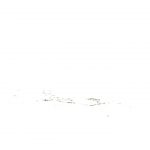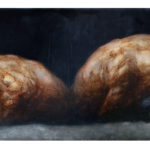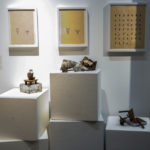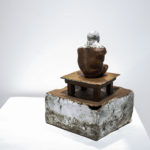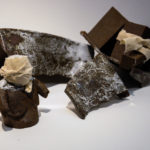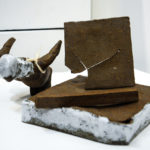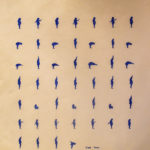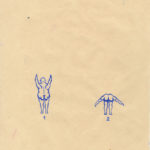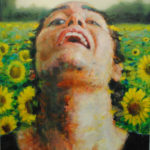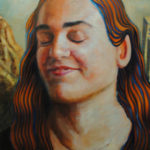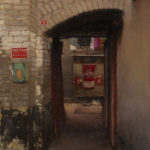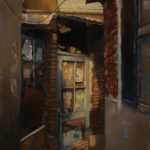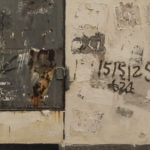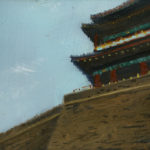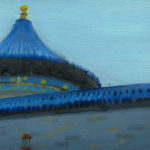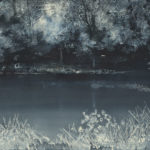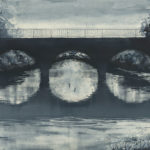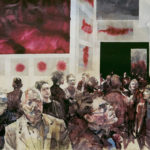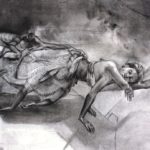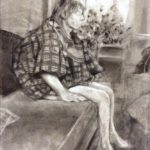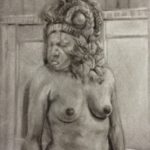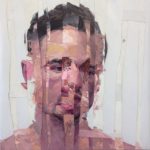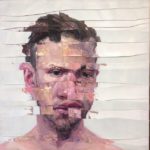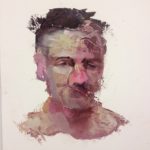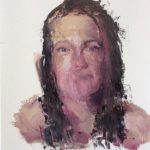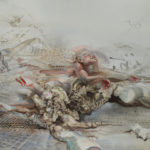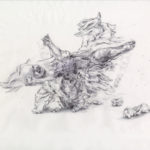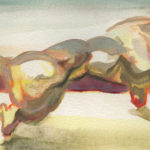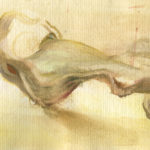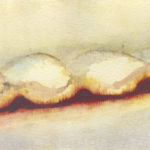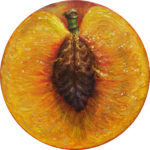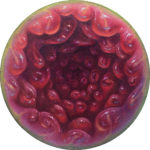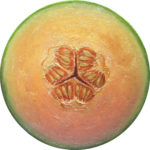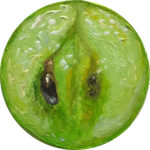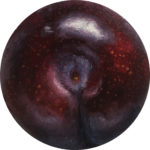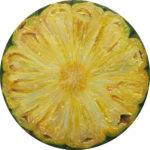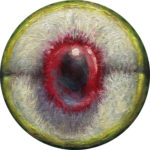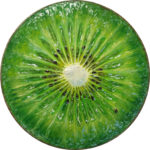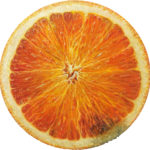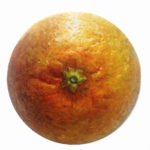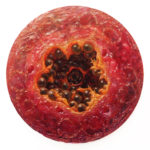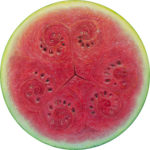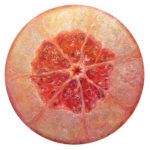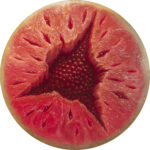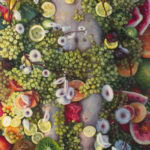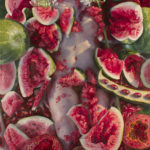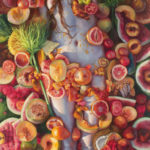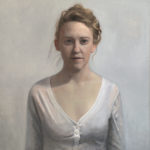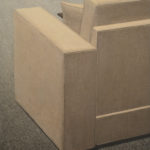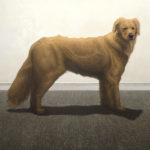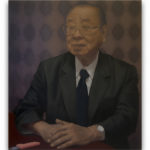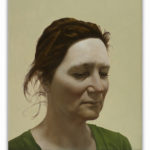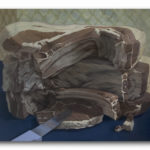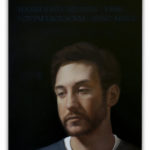2016 Westminster Kennel Club Artwork Competition
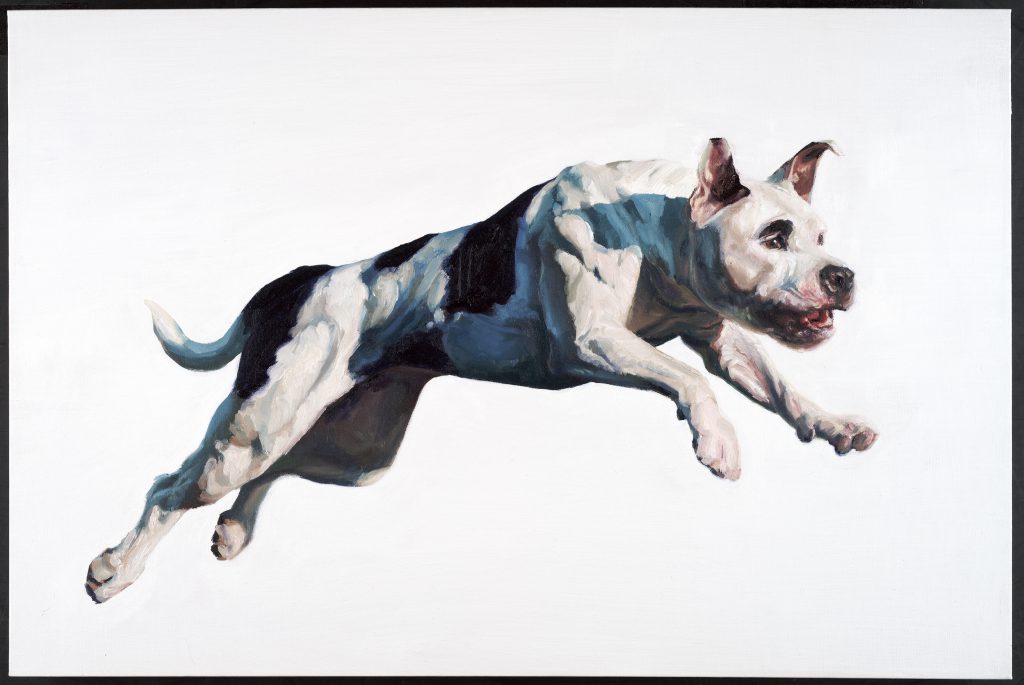
Hannah Stahl (MFA 2015), 2016 Westminster Kennel Club Artwork Contest winner
The Westminster Kennel Club Artwork Competition is a skills contest in which entrants submit artwork for use and inclusion in the promotional materials for the Westminster Kennel Club 140th Annual Dog Show. Coordinated by the New York Academy of Art and the Westminster Kennel Club the competition is open to Academy MFA students and alumni, and current continuing education students.
The 2016 Winner and Finalist works represented the Academy in our gallery booth at the 140th Annual Dog Show.
Congratulations to competition winner Hannah Stahl (MFA 2015), and finalists Dana Aldis (MFA 2000), Shiva Jlayer (CE), Katherine McGough (CE), and Jiannan Wu (MFA 2016).
Generous support and art shipping provided by Cadogan Tate Fine Art.
For further information please contact: 212.842.5971 / exhibitions@nyaa.edu
- Dana Aldis (MFA 2000)
- Shiva Jlayer (CE)
- Katherine McGough (CE)
- Hannah Stahl (MFA 2015)
- Jiannan Wu (MFA 2016)
Forensic Sculpture Workshop 2016
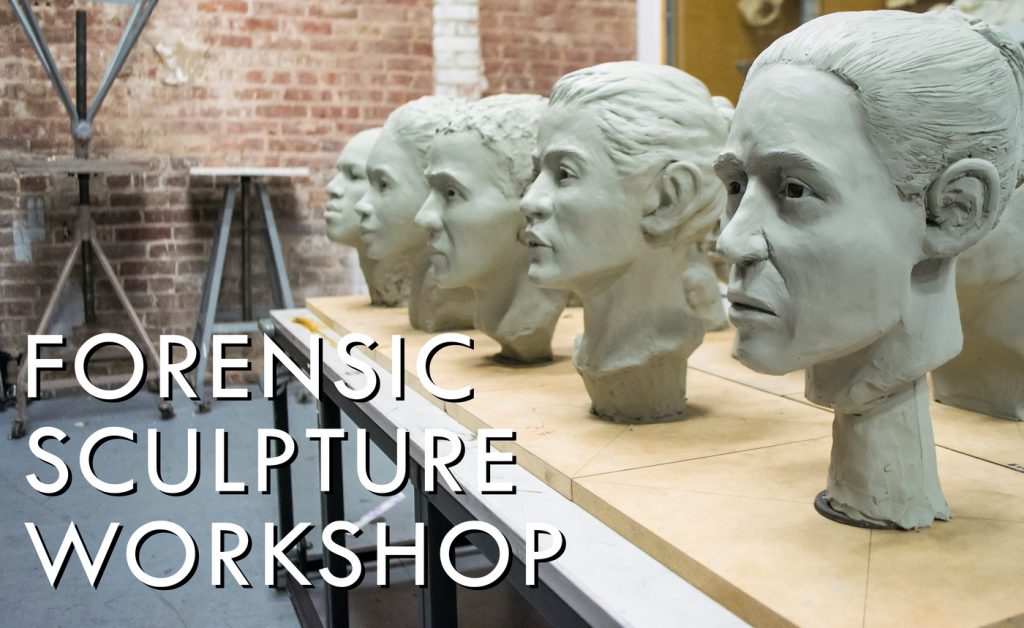
This exhibit displays 15 clay busts created by New York Academy of Art students during a unique partnership between the Academy and the New York City Office of the Medical Examiner. Each student received a replica of the skull from an actual cold case, and used their artistic training to accurately reconstruct the face of the victim in clay. The New York Academy of Art is the national leader in teaching contemporary figurative art and its students follow a rigorous technical course of anatomical drawing, écorché and drawing from life. This specific artistic training allows Academy students to actively interpret the landscape of a skull and skillfully portray features and flesh. These reconstructions were created in the hope of identifying unknown victims. For more information about the partnership and the cases, contact John Volk.
Special thanks to the Office of the City Medical Examiner Director of Forensic Anthropology Bradley J. Adams and forensic imaging specialist Joe Mullins.
Featured artists include:
|
George Barlett Jenny Barnette Richard Comstock Judy Fox Gail Freed Allison Hill-Edgar Susan Kloepfer |
Michele Koenig Joe Mar Marco Palli Amy Pekal Rochelle Schaevitz Anna Wakitsch Sarah Wukoson |
Etching as Language
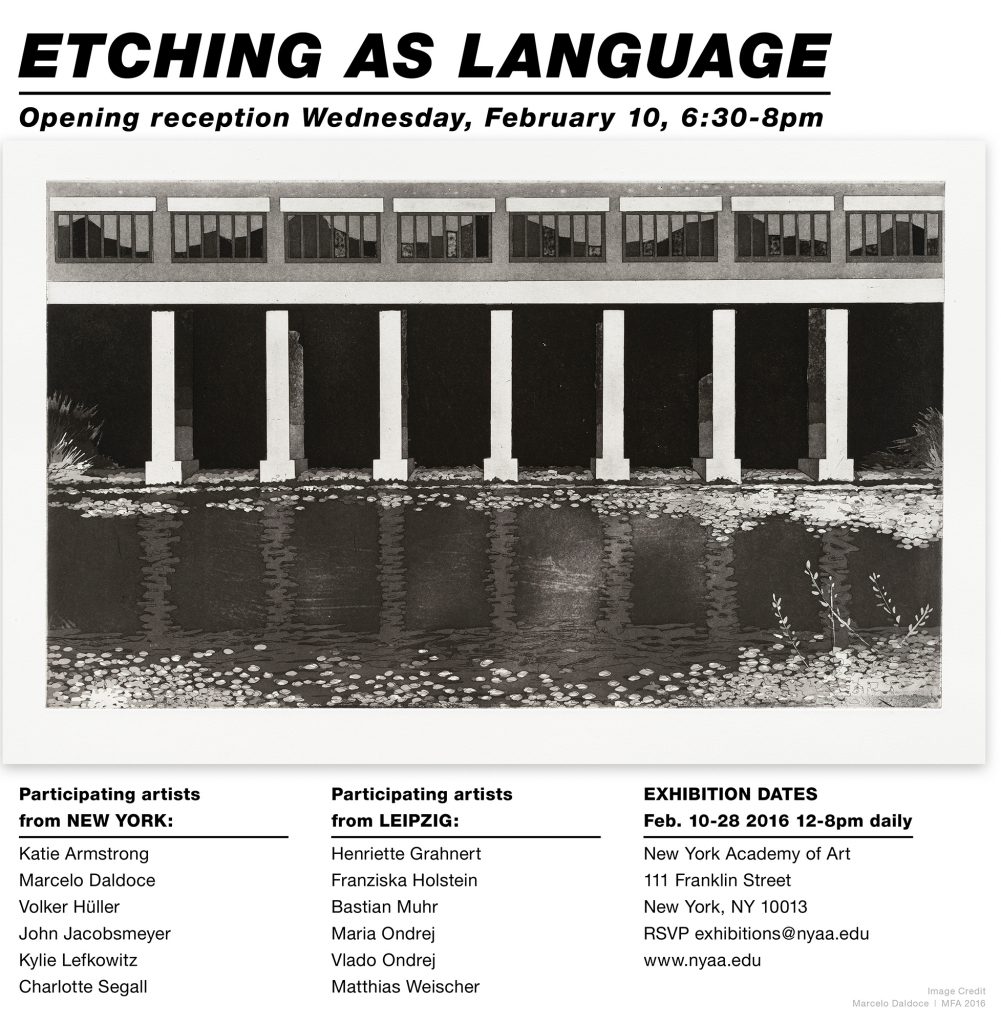
- Katie Armstrong
- Marcelo Daldoce (MFA 2016)
- Henriette Grahnert
- Franziska Holstein
- Volker Hüller
- John Jacobsmeyer
- Kylie Lefkowitz
- Bastian Muhr
- Maria Ondrej
- Vlado Ondrej
- Charlotte Segal
- Matthias Weischer
Now and Then
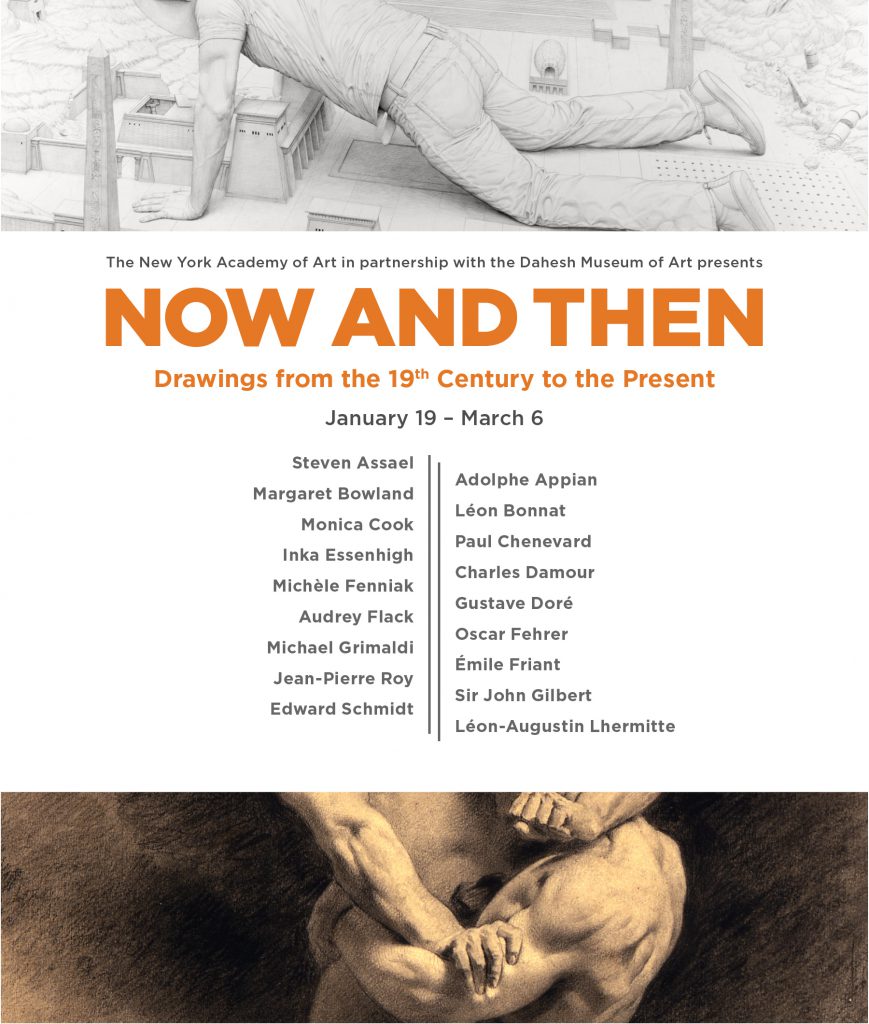
Curated by Peter Drake and Heidi Elbers.
The exhibition is generously sponsored by Cadogan Tate Fine Art.
Inquiries: exhibitions@nyaa.edu
- Adolphe Appian
- Steven Assael (Faculty)
- Steven Assael (Faculty)
- Léon-Joseph-Florentine Bonnat
- Margaret Bowland (Faculty)
- Paul Chenavard
- Monica Cook
- Monica Cook
- Monica Cook
- Monica Cook
- Charles Damour
- Paul Gustave Doré
- Oscar Fehrer
- Inka Essenhigh
- Michèle Fenniak
- Audrey Flack
- Émile Friant
- Sir John Gilbert, R.A.
- Michael Grimaldi (Faculty)
- Léon-Augustin Lhermitte
- Jean-Pierre Roy
- Edward Schmidt (Faculty)
New York Academy of Art Residency in Istanbul 2016
During the summer of 2015 Tatiana Córdoba (MFA 2016), Jaclyn Dooner (MFA 2015), Daniel Austin López (MFA 2016) and Simón Ramirez Restrepo (MFA 2016) participated in a month-long Artist-in-Residence Program at Mimar Sinan University in Istanbul, Turkey.
This exhibition includes some of the work created during or attributed to their residency experience. The Academy’s Mimar Sinan University Residency has been made possible through the efforts of Mahmut Bozkurt, Erdal Kara, Ali Kerem Bilge, and Buket Atature (MFA 2012) as well as the New York Academy Travel Fund, the Villore Foundation.
- Tatiana Córdoba (MFA 2016)
- Tatiana Córdoba (MFA 2016)
- Tatiana Córdoba (MFA 2016)
- Tatiana Córdoba (MFA 2016)
- Tatiana Córdoba (MFA 2016)
- Tatiana Córdoba (MFA 2016)
- Tatiana Córdoba (MFA 2016)
- Jaclyn Dooner (MFA 2015)
- Jaclyn Dooner (MFA 2015)
- Jaclyn Dooner (MFA 2015)
- Jaclyn Dooner (MFA 2015)
- Daniel Austin López (MFA 2016)
- Daniel Austin López (MFA 2016)
- Daniel Austin López (MFA 2016)
- Daniel Austin López (MFA 2016)
- Simón Ramirez Restrepo (MFA 2016)
- Simón Ramirez Restrepo (MFA 2016)
- Simón Ramirez Restrepo (MFA 2016)
China Residency 2015–2016
During the summer of 2015 Benjamin Craig (MFA 2016, Fellow 2017), Daniela Izaguirre (MFA 2016), Sophia Kayafas (MFA 2016, Fellow 2017), and Taylor Schultek (MFA 2016) participated in a six-week Artist-in-Residence Program on the Central Academy of Fine Arts in Beijing campus. At the end of the residency all four artists participated in the group exhibition at 798. This exhibition includes some of the work created during or attributed to their residency experience.
The Academy’s China Residency is made possible by the New York Academy Travel Fund, the Villore Foundation and Academy Trustee Gordon Bethune.
- Benjamin Craig (MFA 2016, Fellow 2017)
- Daniela Izaguirre (MFA 2016)
- Daniela Izaguirre (MFA 2016)
- Daniela Izaguirre (MFA 2016)
- Daniela Izaguirre (MFA 2016)
- Daniela Izaguirre (MFA 2016)
- Daniela Izaguirre (MFA 2016)
- Daniela Izaguirre (MFA 2016)
- Sophia Kayafas (MFA 2016, Fellow 2017)
- Sophia Kayafas (MFA 2016, Fellow 2017)
- Taylor Schultek (MFA 2016)
- Taylor Schultek (MFA 2016)
- Taylor Schultek (MFA 2016)
- Taylor Schultek (MFA 2016)
- Taylor Schultek (MFA 2016)
Artist-in-Residence Leipzig 2015
During the summer of 2015 Marcelo Daldoce (MFA 2016), Valerie Gilbert (MFA 2016), Adam Lupton (MFA 2016), and Charlotte Segall (MFA 2016) participated in a two-month Artist-in-Residence Program hosted by Leipzig International Art Programme, in Leipzig, Germany.
The Academy’s Leipzig residency is made possible by the New York Academy Travel Fund, the Villore Foundation and Trustees Gordon Bethune and Eric Fischl.
- Marcelo Daldoce (MFA 2016)
- Marcelo Daldoce (MFA 2016)
- Marcelo Daldoce (MFA 2016)
- Marcelo Daldoce (MFA 2016)
- Marcelo Daldoce (MFA 2016)
- Valerie Gilbert (MFA 2016, Fellow 2017)
- Valerie Gilbert (MFA 2016, Fellow 2017)
- Valerie Gilbert (MFA 2016, Fellow 2017)
- Valerie Gilbert (MFA 2016, Fellow 2017)
- Valerie Gilbert (MFA 2016, Fellow 2017)
- Adam Lupton (MFA 2016)
- Adam Lupton (MFA 2016)
- Adam Lupton (MFA 2016)
- Adam Lupton (MFA 2016)
- Charlotte Segall (MFA 2016)
- Charlotte Segall (MFA 2016)
- Charlotte Segall (MFA 2016)
- Charlotte Segall (MFA 2016)
- Charlotte Segall (MFA 2016)
Interview with Shangkai Kevin Yu
 |
| Island of the Dead |
 |
| Dessert Course |
 |
| Grandma at the Table |
Name two quirky things we can find in your studio.
 |
| Science Fiction |
What do you listen to while you’re painting?
 |
| Arnold Böcklin’s Island of the Dead V |
 |
| Morandi |
 |
| Grandpa at the Table |
Interview with Stephen Vollo, NYAA 2015 Fellow
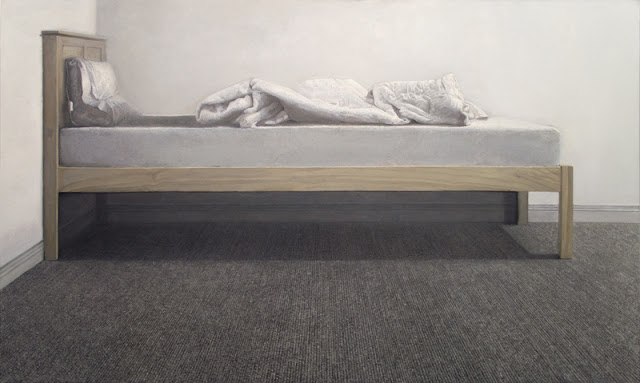 |
| Bed |
| DogWhat major themes do you pursue in your work? |
The subject matter is mundane. I paint the objects, spaces, people and materials that I am most familiar with. The themes vary from painting to painting and are meant to be open ended.
Talk about your process – how do you apply paint?
 |
| Amanda |
 |
| Saint Acisclus |
Discuss one of your own pieces.
I have a job working for an artist in Dumbo. I’ll do that for money, and at night and my days off I’ll continue to work on my paintings. I have some compositions I’m excited to start. I’ve also been wanting to do some ink drawings lately.
2015 Chubb Fellows Exhibition
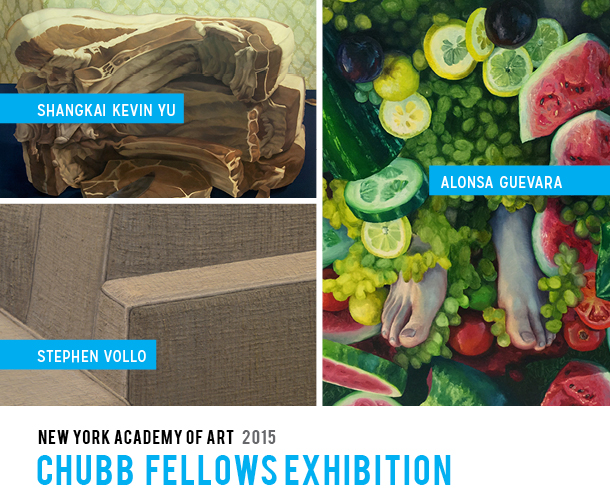
- Alonsa Guevara
- Alonsa Guevara
- Alonsa Guevara
- Alonsa Guevara
- Alonsa Guevara
- Alonsa Guevara
- Alonsa Guevara
- Alonsa Guevara
- Alonsa Guevara
- Alonsa Guevara
- Alonsa Guevara
- Alonsa Guevara
- Alonsa Guevara
- Alonsa Guevara
- Alonsa Guevara
- Alonsa Guevara
- Alonsa Guevara
- Alonsa Guevara
- Alonsa Guevara
- Alonsa Guevara
- Alonsa Guevara
- Alonsa Guevara
- Stephen Vollo (MFA 2014)
- Stephen Vollo
- Stephen Vollo
- Shangkai Kevin Yu
- Shangkai Kevin Yu
- Shangkai Kevin Yu
- Shangkai Kevin Yu
- Shangkai Kevin Yu
- Shangkai Kevin Yu
- Shangkai Kevin Yu
- Shangkai Kevin Yu
